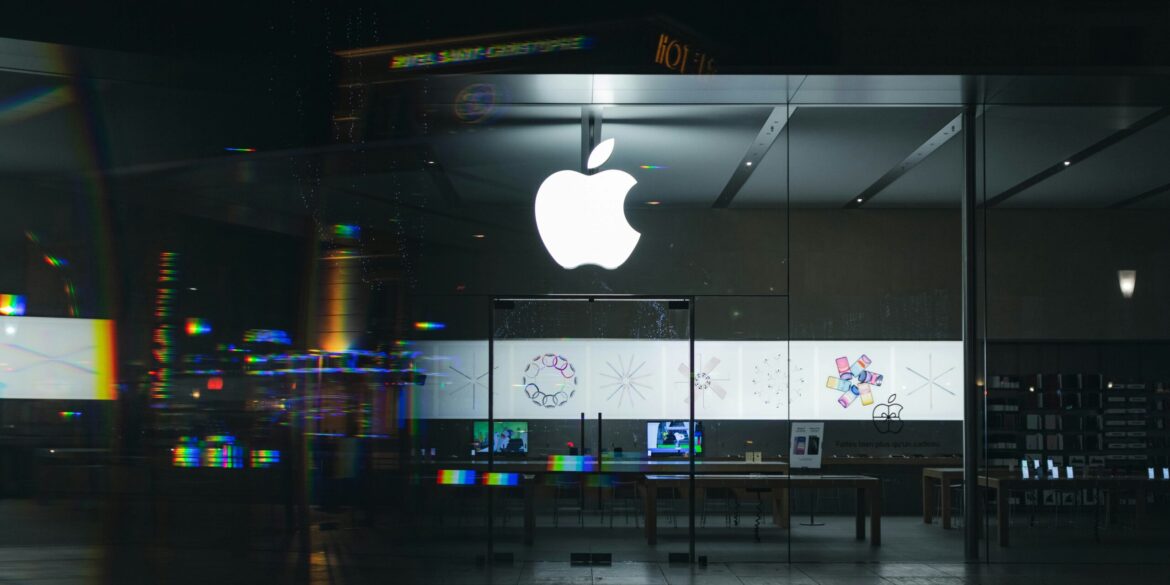At its annual WWDC event on June 9, 2025, Apple introduced a sweeping redesign of its user interface known as Liquid Glass, along with a major expansion of its artificial intelligence capabilities through Apple Intelligence. The updates, which span across iOS 26, iPadOS 26, macOS Tahoe, watchOS 26, tvOS 26, and visionOS, represent Apple’s most comprehensive platform overhaul in more than a decade. The Liquid Glass aesthetic features translucent, dynamically refractive UI elements that adapt to light, motion, and user interaction, creating a unified visual language across devices.
Apple Intelligence brings sophisticated on-device and private cloud AI models to developers and users, enabling capabilities such as summarization, live translation, visual recognition, and personalized emoji generation. These features are powered by Apple’s new Foundation Models Framework, which gives developers access to powerful AI tools while maintaining the company’s hallmark commitment to privacy. According to Apple, its models meet or exceed the performance of competing systems from Google, Microsoft, and others, especially in smaller-scale or on-device applications.
While Apple Intelligence was well received for its privacy-first approach, some critics noted the lack of a full Siri overhaul, which has been delayed to 2026. The Liquid Glass interface, meanwhile, has generated mixed reactions. Designers have praised its elegance and consistency, but accessibility advocates have raised concerns about readability, citing transparency as a potential distraction or barrier for users with visual impairments.
Since Apple began rolling out developer betas in June, followed by a public beta in late July, U.S.-based tech firms and independent developers have been actively experimenting with both the new design and AI capabilities. Early adoption has been especially strong in sectors like health tech, where developers are integrating Apple Intelligence with HealthKit to deliver real-time wellness insights and personalized summaries in patient apps. In the gaming space, developers are using the new design language and Apple’s optimized GPU tools to deliver immersive visuals and intelligent features in Apple Arcade titles.
Creative studios and indie developers are also revamping their app interfaces to align with the Liquid Glass aesthetic, using Apple’s new design frameworks and the updated Icon Composer tool. Apps in messaging, fitness, and visual recognition are already beginning to integrate real-time translation, smart workout tracking, and AI-powered object identification, showing how the new platform features can enhance both function and design.
These early efforts signal a shift in the U.S. app development landscape toward more integrated, visually polished, and AI-enhanced experiences. Apple’s emphasis on privacy-preserving intelligence sets it apart from competitors, appealing to users and developers wary of data exposure. At the same time, the rollout of Liquid Glass is prompting designers to reconsider long-held conventions around clarity and legibility in mobile interfaces.
The broader implications for U.S. app development are significant. With tools that allow for powerful on-device AI, developers can offer advanced functionality without relying heavily on internet connectivity or third-party cloud services. This reduces latency, improves user control, and aligns with emerging digital rights standards. However, the challenge remains in balancing visual innovation with practical usability, particularly for users who depend on clear, accessible designs.
Looking ahead, the success of Liquid Glass and Apple Intelligence will depend on how well developers can harness these technologies to deliver meaningful, everyday improvements for users. With the full release of iOS 26 and the new hardware lineup expected this fall, app makers have a limited window to prepare their offerings for what could be a transformative shift in how mobile apps look, feel, and respond.
By enabling developers to build apps that are simultaneously more beautiful, intelligent, and private, Apple is charting a path toward a more cohesive digital ecosystem. Whether this new approach resonates with users at scale will become clear as updates roll out in the coming months.

